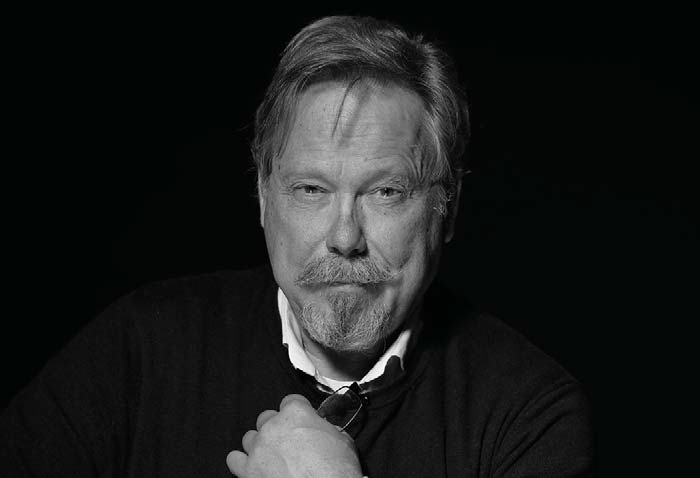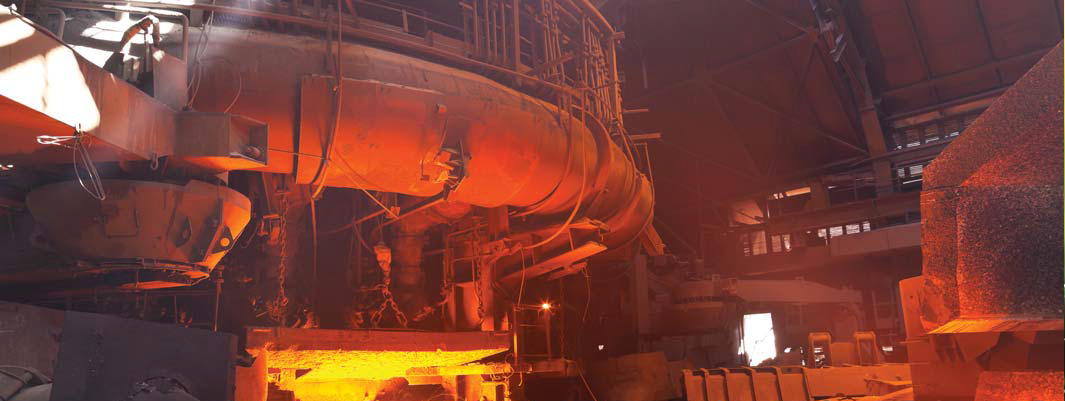Mr Gyllenram, to jump right in, what are the likely repercussions of the steel transition on current industry players?
This transition is going to hurt – there are no two ways about it. This is much more than simply implementing new technology, deploying hydrogen, and then everyone can carry on as usual. To be blunt: some companies may have to close if they’re not competitive. I have witnessed this process before, when the world was hit by an energy crisis in the 1970s. During this period, the government borrowed money from the financial markets to help small steel companies to invest in new iron and steelmaking technology. Subsequently the steel mills replaced their existing equipment but at the end of the day this didn’t give them a business that was sustainable in the face of global competition. Hence what the government did in effect was to subsidise jobs twice; firstly, when the steel companies built new facilities and secondly, when those facilities were dismantled and sold elsewhere.
That sounds harsh, so do you have any encouragement for steel companies?
I suggest they should take a step back and consider how to establish the most efficient production chain. For example, we are seeing an introduction of DRI but the real question is: where should those DRI plants be located? Placing them alongside existing facilities may sound comfortable but don’t forget you then need electricity to produce hydrogen or a very inexpensive supply of natural gas. Actually, natural gas is not a bad option because if you have a source of natural gas, you often have the option to sequestrate the carbon dioxide from the direct reduction process. Alternatively, you can consider carbon capture and utilisation. But back to my main argument which is this: there may be better ways of organising steel production than how we do it today but we must be aware that this will inevitably disrupt the status quo.

Photo: Pelle Berglund, Znapshot
Do you have any DRI production locations in mind?
Logically, the best places right now to produce DRI would be in the Middle East or North Africa. In terms of resources, Russia and Iran would also be good locations but any suggestions in that direction are unlikely to be viewed favourably given the current situation. The point is we need to build trust. How? Well, by accepting that supply chains will be longer and more diversified. Steel mills won’t be able to rely on a single source. This implies that closer working relationships are required.
On a different tack, who should be driving the green steel transition?
We live in a market economy so what is needed are clear rules which should be laid down by governments. After that, action needs to be taken by parties that are directly involved, such as the mines, the steel mills, the technology developers, etc. These companies must put forward a persuasive business case to the financial institutions. Decisions should not be based on financial support from governments. In fact, I suggest companies should not focus on green steel per se, but rather on producing sustainable steel. That is the route to become competitive in a global marketplace.

On the surface, expectations about how technology can quickly transform the steel transition seem high – is this realistic?
I am afraid that there is no simple, quick fix solution and that the implementation of new technologies will probably take longer that many people might hope. There are many events in history to support this. Consider the converter process. From the first successful trials in Sweden in the mid-1800s it took decades before it was fully implemented. It is a similar picture with continuous casting which was also invented by Sir Henry Bessemer in the late 1800s but didn’t come into operation for steel until the first continuous casting mill was set up in Austria after the Second World War. At the time continuous casting was widely trumpeted as a major step forwards but it took decades before its use became widespread. To give a third example, consider the use of oxygen in steel making. Already Bessemer realised that heating air was incredibly wasteful, as basically we were warming up vast quantities of nitrogen. Nevertheless, it took many decades before dependable, process technology could be developed. So, whilst excellent ideas about reducing energy and emissions are available, the technology still needs to be fully evolved and proven in the field. Only then will we see the quick and smooth implementation of the green steel transition.
This doesn’t sound very promising….
Don’t get me wrong, incremental improvements will have a big impact in the long term like Ovako replacing gasoil with hydrogen for reheat furnaces. It is electric heating with hydrogen as an intermediate. Early adopters show the way for others like H2 Green Steel starting with 100% hydrogen in the reduction process and Thyssen starting with a mix of natural gas and hydrogen, possibly with a goal to have 100% hydrogen as reducing gas in the future. There are however a lot of prerequisites to be fulfilled for such transitions to be successful and how widespread these solutions will be in 2050 is yet to be seen.

You openly cast doubt about the term ‘green steel’. Why is that?
This point is often forgotten or ignored, but the label ‘green’ depends very much on the application where the steel is used, not just the material. For example, you can make steel and call it green when it comes out of the steel mill. However, if that steel is then used to build a car where the steel with its alloying elements cannot be recycled to its full environmental value when it reaches its end of life, then that steel really is not green at all. Hence buying green steel does not necessarily mean that your products are actually green. My concern here is that this state of affairs could lead to inadvertent or even deliberate greenwashing.
“As a lecturer, I don’t help my students to look through the keyhole, I show them how to climb mountains and see the whole landscape for themselves”
Can this issue be addressed?
Yes, by focussing on life-cycle analysis and improving standards. Look at the improvements made in the construction industry, following the decision to include life-cycle costing, reuse and recycling in European standards.
Finally, you will soon be reaching retirement age … any plans for the future?
I definitely intend to be amongst the group of wise old men who witness the transition of the steel industry by 2050! With age you lose some abilities and gain others and you just have to adapt and find your new role. But that doesn’t stop you from working all your life. so my plan is to stay young by working with students and young engineers. They are full of energy and knowledge so my role is simply to provide perspective. Of course, everyone, be they young or old, is concerned that the world is changing. What is important is to realise that the world has changed before. Change has its own rules and understanding those rules reduces fear, improves your mind-set and helps you to make decisions for a positive future.

